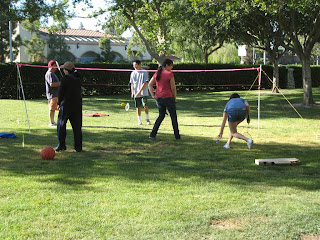Popular culture refers to the aesthetic products created and sold by profit-seeking firms operating in the global entertainment market. Hello Kitty is a pop culture icon, she is famous, cute and extremely popular because everybody loves her.
Cultural capital comes from cultural tastes that have value and can be converted into wealth, and ultimately help reproduce the class structure of our society. This collection of diamond necklaces could be converted into wealth and the owner is most likely upper class.
Taste is someone's preference for a certain type of fashion, music or other types of culture. This photo is a few of my records that identify my taste in music.
Emotional energy is the benefit that group members attain from taking part in social gatherings. This picture of a concert I attended portrays emotional energy.
Conspicuous consumption displays one's wealth through extravegent consumption of goods and services. This large house could be considered wasteful or lacking in obvious utility because of the size.











































